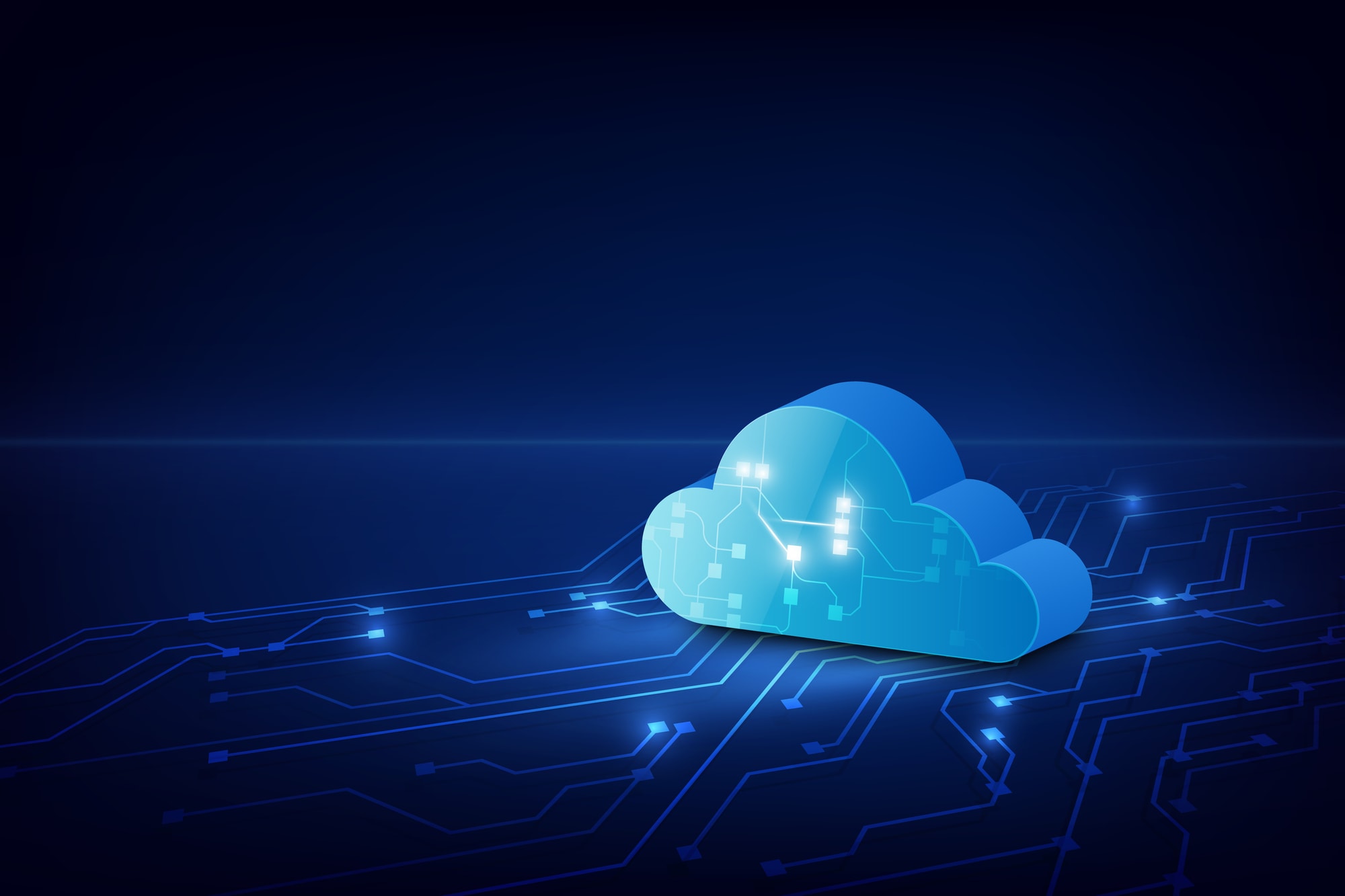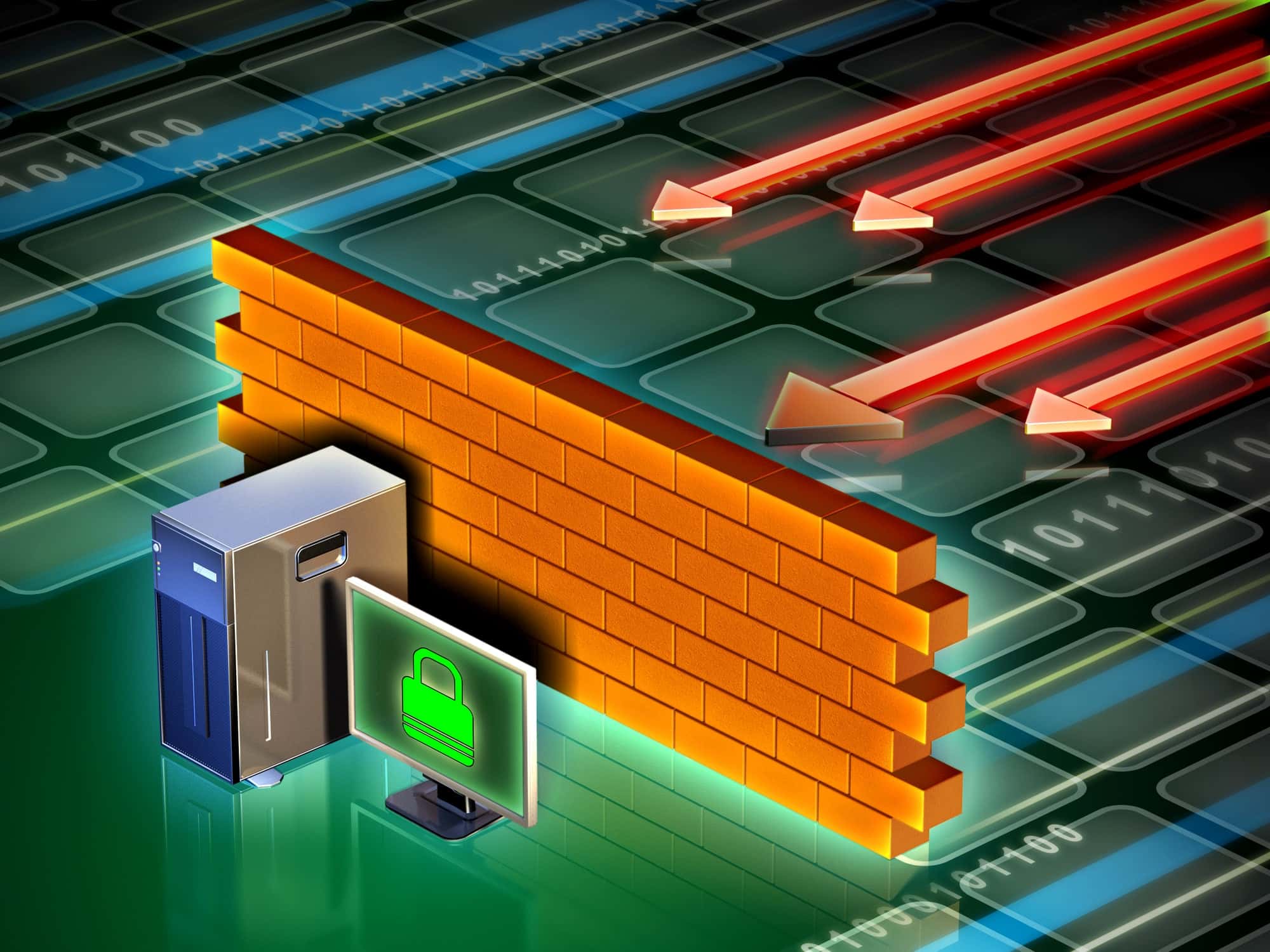According to some statistics, 94% of enterprises already use cloud services in some form. Cloud migrations are on the rise with many companies moving their complete infrastructure to the cloud. A Cloud Service Provider (CSP) is a third-party company that typically offers three components of cloud computing – Infrastructure as a service (IaaS), Platform as a service (PaaS), and Software as a service (SaaS).
Companies can choose from an array of CSPs. Though Amazon Web Services (AWS), Microsoft Azure, and Google Cloud Platform (GCP) are well-known names in cloud services, there are hundreds of other providers.
When there are too many CSPs to choose from, which one should you go for? But before we go into choosing the best CSP, let’s first see what can happen when you choose wrong.
Cloud Provider Comparisons: AWS vs Azure vs GCP

Why Is It Important to Choose the Right CSP?
Choosing the right CSP is important because moving to the cloud is not an easy step, nor is it cheap. When you are spending a lot of money and dealing with the huge transition that the cloud brings, it follows that you need to find out the best fit before choosing a CSP.
What can possibly go wrong while moving to the cloud? Here are the common challenges that companies face while using a CSP.
- Data security – When you move your data to the cloud, there’s a risk of security breaches, data exposure, theft of credentials, etc. If the CSP does not have a transparent Data Security policy, it is best to steer clear of them.
- Downtime – Most CSPs provide a 99.99% uptime guarantee in the SLA. However, not all CSPs can actually provide the high availability they promise.
- Performance – One of the reasons why companies choose cloud is to benefit from the high-speed performance that it promises. When a CSP does not deliver on this, it’s a huge letdown.
- Time taken for cloud migration – When the data is first transferred to cloud, it might be unavailable for weeks or even months. Not having access to critical data can be an issue for many businesses.
- Vendor lock-in – What happens if you choose a CSP but are not happy with the service? Investing in infrastructure and technologies compatible with the CSP and high costs associated with data transfers can make you over-dependent on the CSP and put you in a situation where you cannot switch the CSP.
- Lack of support – Some CSPs focus more on sales and marketing, leaving their support department understaffed. If the CSP lacks the resources for customer support, it can be a huge pain to get issues fixed.
How to Choose the Best CSP?
There is no one answer to which CSP is the best. Instead of going with the brand name or the market share, understand what the CSP has to offer to you. If it helps to meet your business goals, you’ve got a winner.
Here are some aspects you need to consider before choosing the right CSP.
Basic Hygiene
Choosing a CSP that has well-defined business processes, a formal management structure, and good financial stability is helpful in the long run. Apart from being a major trust signal, it also indicates that the provider has standard protocols and policies for risk management and business continuity.
To be a good match, you also need to find out more about the ease of deployment and the time required, the resource management provided by the CSP, and the standard interfaces.
Features
The reason cloud computing is one of the fastest-growing industries is because of its many features. Check if the features offered by the CSP align with your business requirements. Here’s a basic checklist –
- Number of features
- The complexity of features
- Device compatibility
- Interface design
This will give you a fair idea about the usability of the features and whether there is a scope for customization.
Security
Security is a critical business concern. Check whether the CSP security features are in line with the security needs of your business. It also helps to understand the security areas that the CSP takes responsibility for. This can give you an idea of the additional security measures required from your end.
When it comes to the cloud, there are three levels of security you need to consider –
- User: Controlled or role-based user access
- Network: A secure network that minimizes the chances of a malicious attack
- Physical: The physical security of the servers and data centers against fire hazards, natural calamities, etc.
Another important aspect of security is to know how the CSP handles data backups, data retention, and disaster recovery. In the event of a cyberattack or physical damage to a data center, how quickly can the CSP help you manage a recovery?
Location of Data Centers
After all, it’s critical business data that you are storing on the cloud. The physical location of the data center matters! You definitely don’t want your data to be located on servers housed in a location that is prone to earthquakes or floods.
Also, some regulatory compliance needs the data to be stored physically in certain locations only. For example, GDPR compliance requires the data to be stored within the EU or in a jurisdiction that provides adequate data protection measures.
Technical Capability & Compatibility
The CSP’s technical capabilities should be compatible with your in-house IT capabilities to enable a smooth transition. This includes the capabilities of your IT team to cope with the new environment. It also includes technological capabilities. Any new technologies being used by the cloud provider will need experienced staff and training at the organizational level to use the service.
The existing software and application landscape should also be compatible with the cloud architecture provided by the CSP. Also, take into account the future business and technological needs which need to be supported by the cloud service you choose.
Administration and Customer Support
A CSP should provide a basic Service Level Agreement (SLA). They should also deliver other administrative support such as monitoring, configurations, and upgrades. You also need to check the customer support provided. Since the cloud platform might hold critical systems, any potential outages will need immediate attention and resolution.
Compliance
Depending on the location and nature of your business, you need to check whether a potential CSP meets your needs for compliance. While regulatory compliance is a vast topic, below are three prominent regulations.
- HIPAA for the healthcare industry
- GDPR for organizations in the EU
- ISO standards recognized in over 160 countries
- PCI DSS for data security
The cloud provider’s certifications and compliance reports are good trust signals to shortlist reliable providers.
Cost
While cost should not be the only criterion for choosing a CSP, it is definitely an important consideration. Know how much the service is going to cost you, what are the upfront costs, which parts of the service are free, and how much will you need to pay for additional services. Beware of the fine print and hidden costs and make sure you have a clear picture of the potential costs to be incurred before you engage a CSP.
Choosing a CSP is usually a long-term decision for an organization. Hence, choose well after due diligence. But to be on the safer side, know all about the vendor lock-in and how to avoid them. Have an exit strategy.







